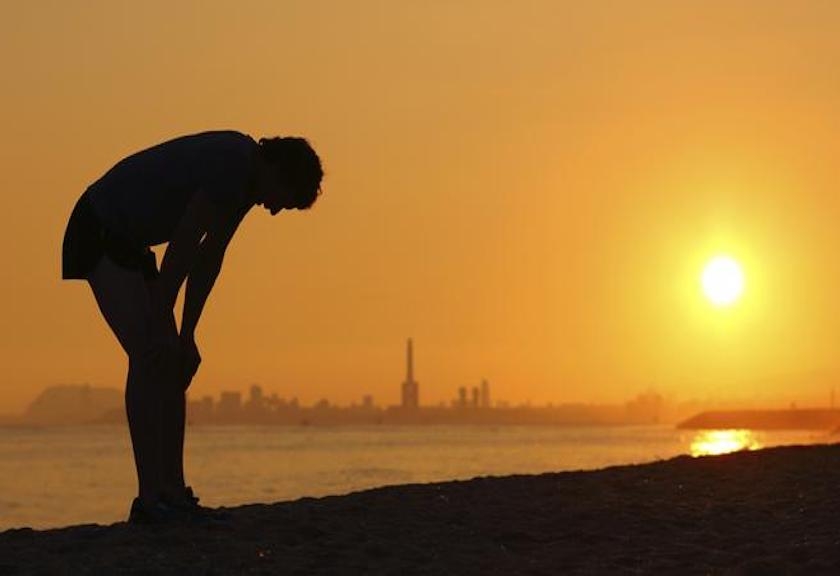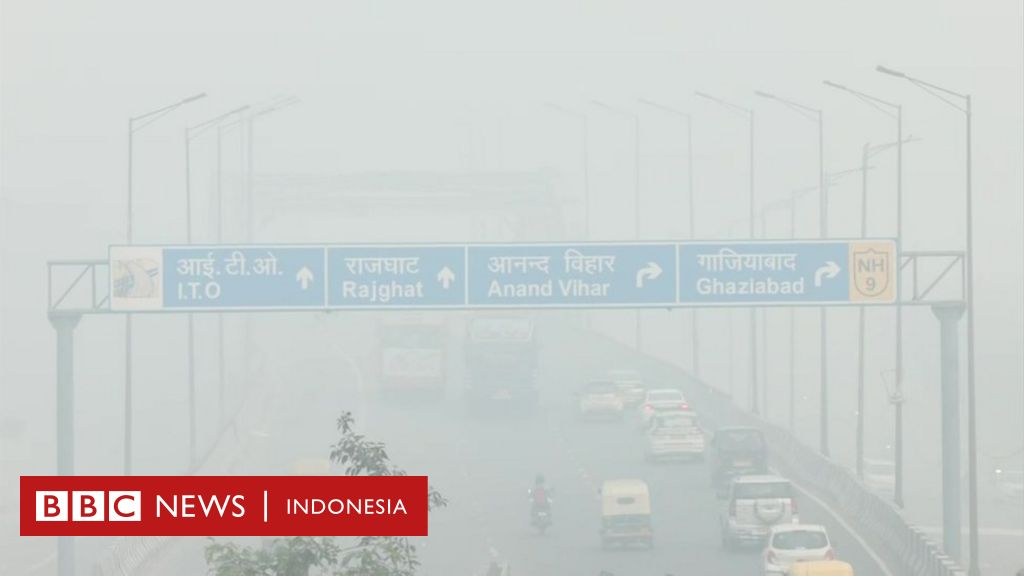At the beginning of this month, Prime Minister Narendra Modi asked the ministers of the head of state to prepare a plan to reduce the effects of extreme warmth, as the temperature rose faster than usual.
Heat waves usually appear in India in May and June. In the summer of this year, this heat wave began with high temperatures from March. The maximum average temperature of the month has been the highest in 122 years.
The Center for Science and the Environment stated that the heat waves had affected around 15 states at the beginning of this year, including the state of Himachal Pradesh in the north, which is usually known as a cool temperature. Naresh Kumar, senior scientist of the Indian Meteorology Department (IMD), has associated the current heat waves with local atmospheric factors.
The main cause is a weak western wind disorder, a storm that comes from the Mediterranean region, only delivers a small precipitation in northwest and central India. Antisiklon also causes hot and dry weather in some parts of West Indies in March.
The effect can be seen, as farmers say that the unexpected temperature fluctuation has influenced their wheat harvest. This has the potential to have a global impact on the basis of the Ukraine secretary due to pension disorders.
The heat has also triggered an increase in electricity requirements, which causes power outages in many countries and causes concerns to the lack of coal.
People in the north and middle of India increase different ways to overcome the heat. Before there is air conditioning, they usually plant a jug filled with water into the ground to keep it cold. They also rub raw mangoes into the body to ward off heat attacks.
But many experts say that the heat wave is more intense this time and takes longer. Roxy Mathew Koll, climate scientist at the Indian tropical meteorology institute, said that several atmospheric factors have caused current heat waves, including global warming.
“This is the main cause of increasing the heat waves,” he said, adding that more studies to combine climate change with other weather fluctuations that were not too extreme.
In addition to climate change, director of the Institute for Climate Change, D Sivananda Pai, shows different challenges, namely the increase in the population and tension caused by resources. .
“If you have more streets and concrete buildings, the heat is trapped inside without being able to climb the surface. This continues to heat the air,” said Pai.
The poor bear the costs and the risk of extreme weather disproportionately. Leading researchers from the Indian Institute for Human Settlements and the main author of the Intergovernmental Panel on Climate Change (IPCC), Dr. Chandni Singh, said they had fewer resources to overcome heat waves and fewer ways to keep themselves away from heat.
According to him, the political decision -makers also have to concentrate on the extreme weather that influences the quality of life of the community.
“Heat waves can have serious health consequences. Although high temperatures have high temperatures at night, the body does not have the chance to recover, increase the likelihood of diseases and higher doctor bills,” he said.
Kol said there were places in India that do not have a temperature too high if they are combined with high humidity. Life can be very difficult. The moisture and heat combined can be a disaster itself.
He also emphasized to pay attention to the area that is far from the limelight. “Many children in rural areas visit the school in camps with zinc roofs that are not maintained in hot weather,” he said.
Since 2015, both the federal and state government have issued a number of steps to reduce the effects of heat waves, e.g. However, this step can only be effective if you are accompanied by changes in large images such as the redesign of the Labor Act and the Green of the city, Singh said.
“Our buildings are carried out in such a way that they are hot instead of ensuring ventilation. There are so many international innovations that we can learn,” he said.

“General student. Certified food scholar. Falls down a lot. Subtly charming communicator. Wannabe music fanatic.”






